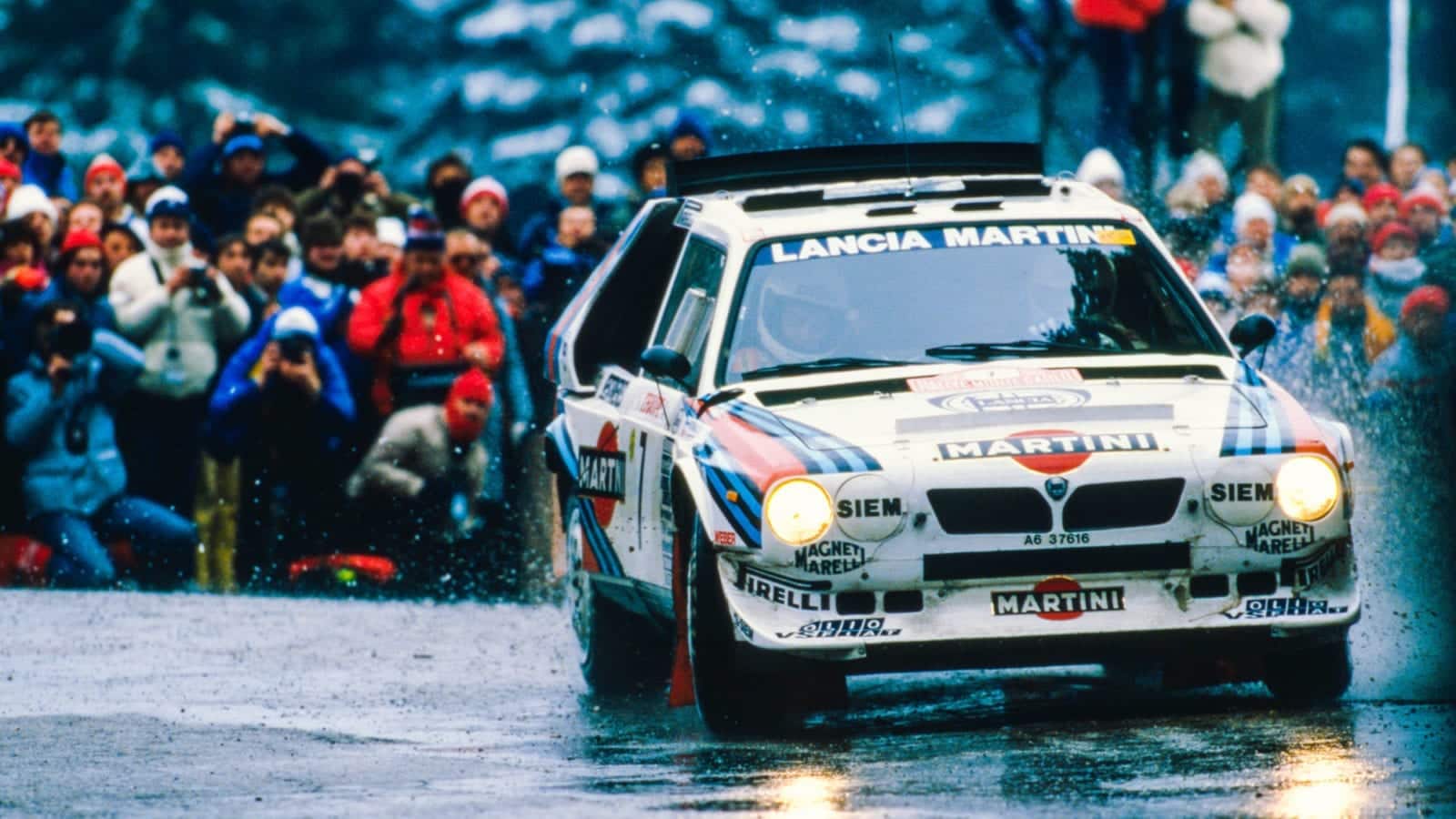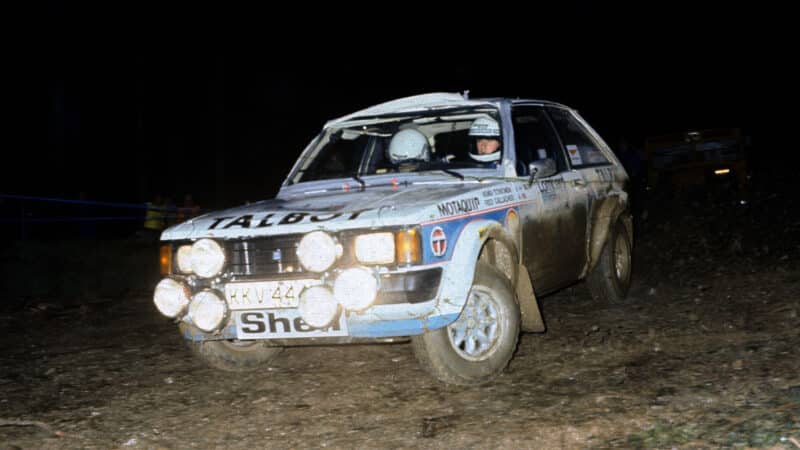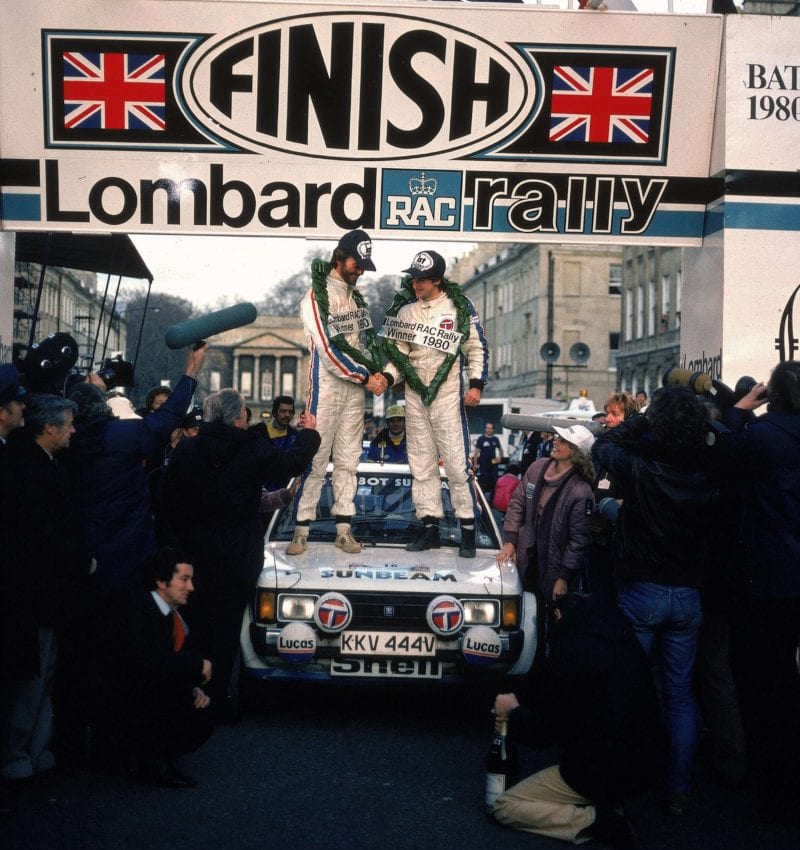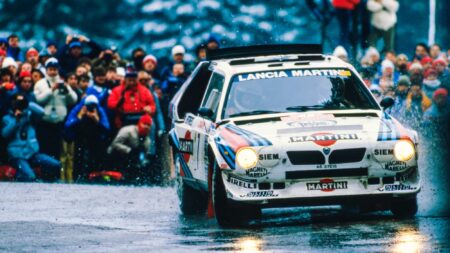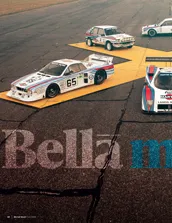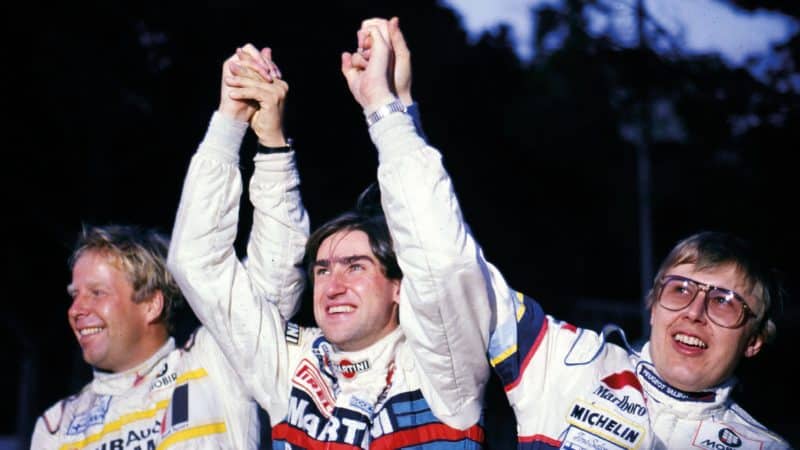If Mikkola was disappointed to lose his hat trick, he could afford to be generous to his countryman, for Mikkola knew that, the following year, he would drive the last word in rally technology, the four-wheel drive Audi Quattro. This, too, was a Group 4 car, but its appearance fuelled the other manufacturers’ will to build four-wheel drive supercars. And it was Group B that would provide the way.
Henri drove another year with what was now Peugeot-Talbot, increasing his experience in Europe. During ’82, Peugeot killed the Sunbeam Lotus programme to make way for their Group B car, the Peugeot 205 T16. Thus Henri signed with Opel and drove the Group 4 Ascona 400 and Group B Manta 400. His only outright win for them came on the Manx in 1983.
His co-driver was Fred Gallagher, who recalls that life with Henri could be demanding. On the ’82 Circuit of Ireland they hit a wall and Henri broke a bone in his wrist. “He was taken to hospital from a service point, so when it came to leave I checked out on my own and drove to the next stage. Luckily, before we were due to start, Henri appeared. I had to change gear for the next five stages and drive the road sections thereafter.”
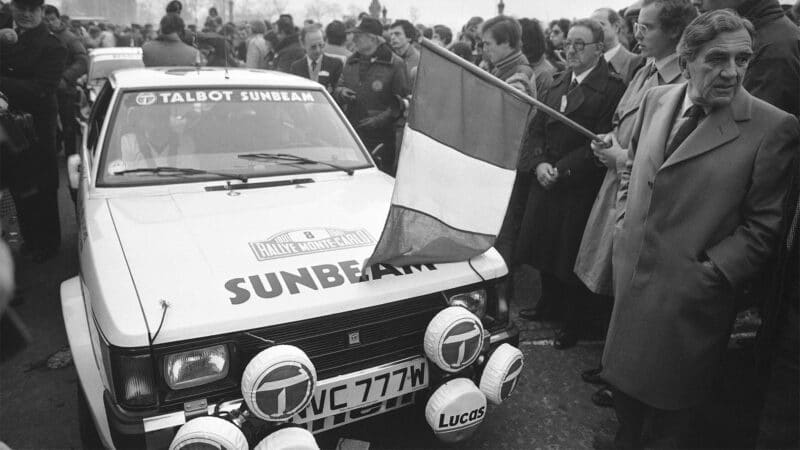
Toivonen gets waved off at Monte ’81
By now Henri had discovered a love for tarmac and decided he should try proper racing. Through Gallagher, he got in contact with Eddie Jordan and asked if he could drive an F3 car at Thruxton. As a bit of practice, Henri did a Formula Libre race at Silverstone where he finished second behind Will Hoy in a Clubmans car. At the Thruxton race, he was ninth, the event being won by one Ayrton Senna. Eddie reckons Henri should have persevered at racing, but he was soon to become too busy with rallies.
During this interim period, when it was known that all kinds of Group B cars were being born, a driver had to weigh up who’d come out with the best and make-do with whatever he had for the time being. While he was still at Opel, there was the hope of a four-wheel drive Astra, but the omens were not good. For 1984, Henri cut a deal with Lancia knowing the S4 was on the way. He had known team boss Cesare Fiorio since 1979 and mutual respect already existed. But he also contracted to drive a Porsche 911 SC for the Rothmans team in the European Championship as there was a good chance the Group B Porsche 959 would arrive before the Lancia.
To start, Henri did not get on well with the low-slung Lancia Rally 037 and terminated both his early outings with accidents. But the outings in the Porsche went much better and, by the middle of the year, he’d won three events and was leading the European Championship.
The Porsche programme was not without problems. His co-driver, Ian Grindrod, recalls that on the Circuit of Ireland they led at Waterford. “Then Henri broke his ankle driving on a local kart track. He had his ankle in plaster and drove the stages, but the gearbox didn’t last long and we retired.” He was denied the European Championship through another injury, this time to his back, sustained in the Lancia over the jumps of the 1000 Lakes.
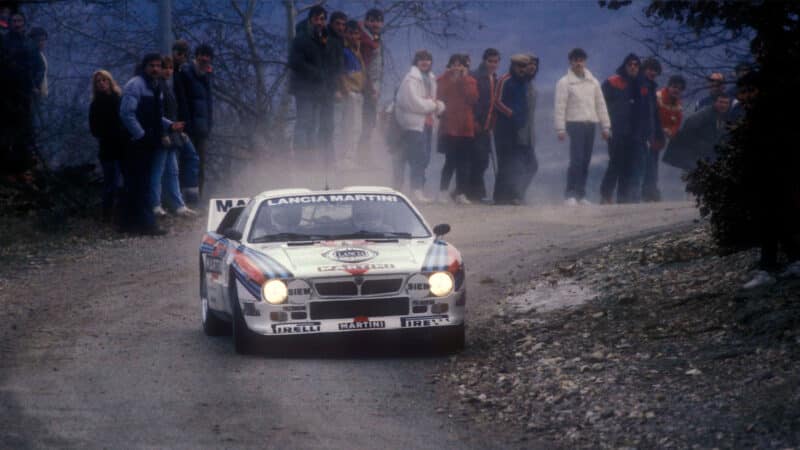
Toivonen ripping through the stages of Monte ’85 – he would finish sixth in his Lancia 037
Alamy
Even so, he finished that event third overall, just behind his Lancia team leader Markku Alen, but eclipsed by the Peugeot 205 T16 of Ari Vatanen. This was the Peugeot’s first victory on a World Championship rally and it went on to win the next five rallies that it contested. It was clear a new generation of purpose-built rally cars was on its way.
For Henri, the choice for 1985 was simple. Fiorio promised the arrival of the S4 during the season, and Henri’s new maturity, on show for all to see at the 1000 Lakes, made him a much more desirable catch. His volatile character seemed to fit the Italian team and produce results that his skill deserved. His drive to sixth in Monte Carlo was a masterpiece against the all-wheel drive Peugeots and Audis that finished ahead of him.
